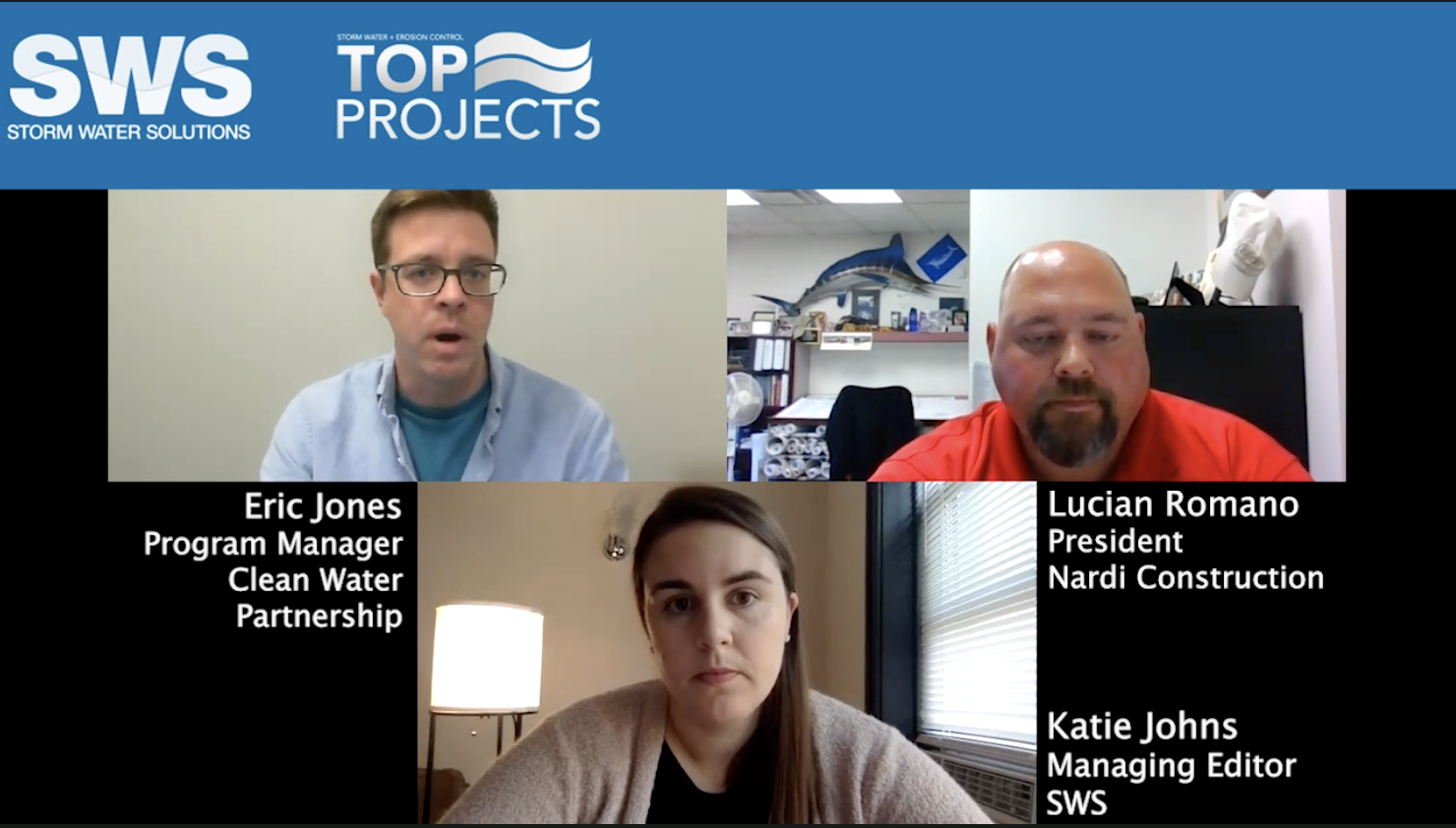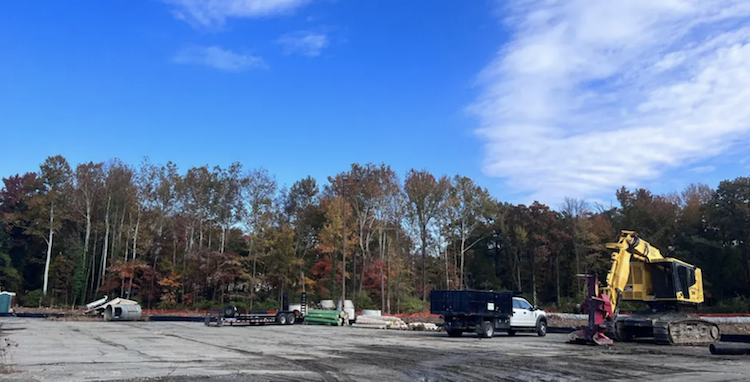
SWS VIDEO SERIES #26: SMALL BUSINESSES ON ADAPTING WITH THE INDUSTRY
March 1, 2021
SWS 2021 Top Projects | The Clean Water Partnership Micro-Bioretention Stormwater Management Device Installation
November 19, 2021Governments sometimes have difficulty developing a MS4 Stormwater Management Plan that is efficient in both time and cost. Likewise, it can be challenging to develop a local workforce to maintain green infrastructure BMPs for the distant future, or to use innovative solutions under a constrained timeline.
One Maryland county’s approach, however, found a way to check every box with astounding success. The county’s partnership finished its first phase of BMPs under budget and in half the time. The program was so successful, in fact, it kickstarted the national trend in Community-Based Public Private Partnerships (CBP3s).
A Big Challenge
Prince George’s County is the second most populated county in Maryland — with 27 towns and cities, more than 909,000 citizens, and over 40,000 acres of developed, impervious land. With Chesapeake Bay Total Maximum Daily Loads (TMDLs) and strenuous MS4 permit requirements, the County faced an enormous challenge in developing its Stormwater Management Plan.
In 2012, Prince George’s County discovered that its fourth-generation MS4 permit would require the County to meet the Chesapeake Bay TMDL requirements. The MS4 permit, to be released in 2014, would also require a list of other tasks to be accomplished by the end of the permit cycle: The County had to lower its pollutants to meet local TMDLs, reduce its impervious surfaces for each cycle, develop a geographic information system mapping for watersheds in the County, and develop public outreach and education programs.
As a part of the Chesapeake Bay’s restoration plan, the County was required to use Bay TMDL restoration strategies to the greatest extent practicable by the end of the permit cycle. The County was also required to use BMPs to retrofit up to 6,105 acres of untreated impervious areas.
Click here to read the rest of the article written by Jeremy Wolfe over at Storm H2O




